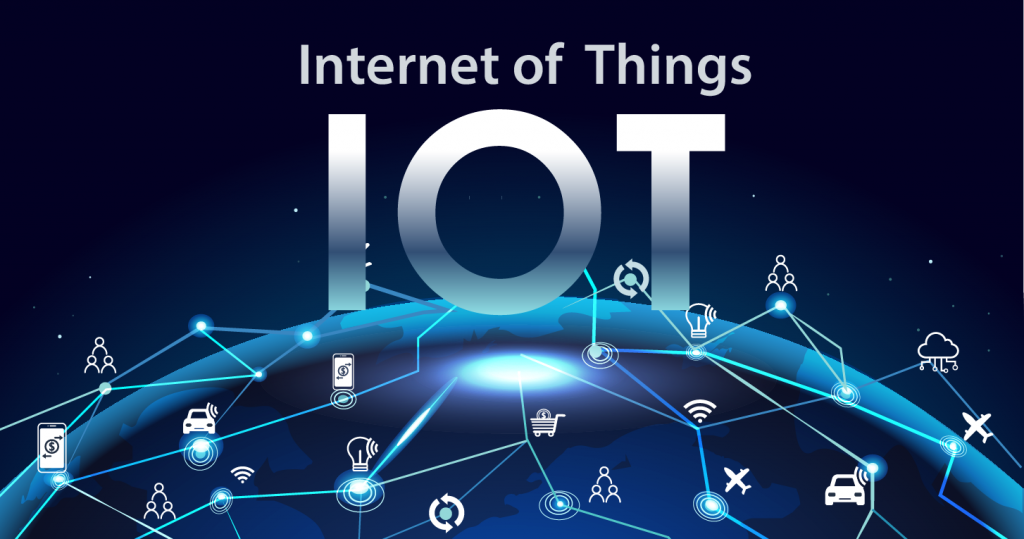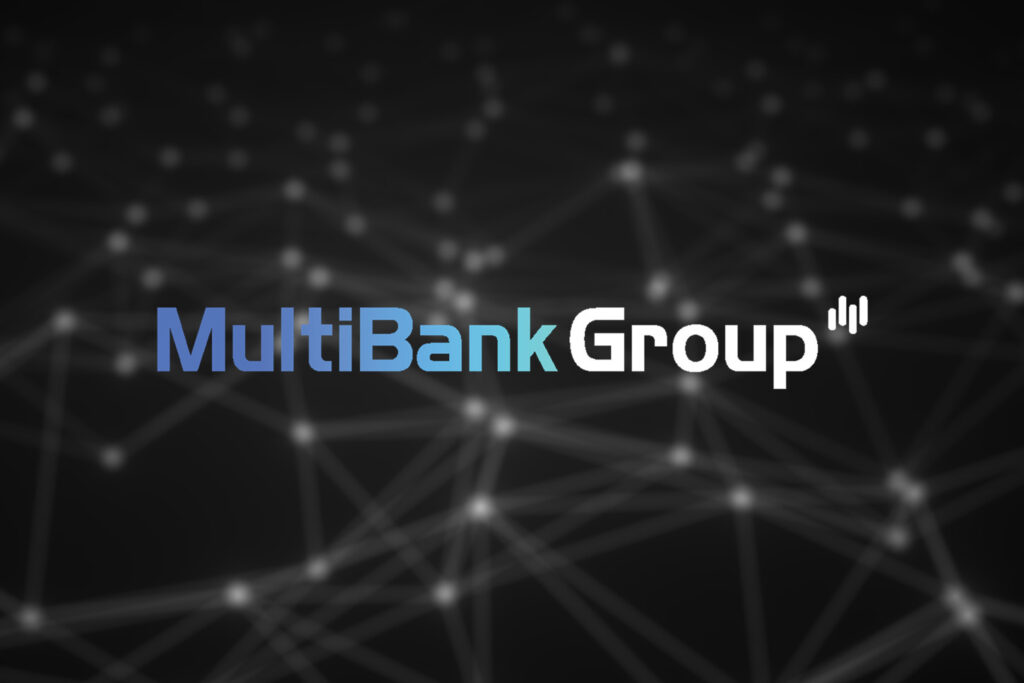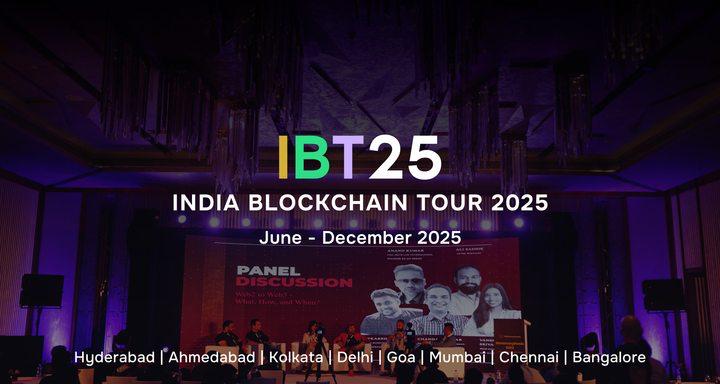The proliferation of Internet of Things (IoT) devices brings numerous benefits and convenience to our daily lives. However, it also introduces security risks, as these devices are vulnerable to cyberattacks. Blockchain technology offers promising solutions for enhancing the security and privacy of IoT devices. In this article, we will explore the challenges of securing IoT devices, the role of blockchain in addressing these challenges, and the potential benefits of integrating blockchain into IoT security.
Understanding the Challenges of IoT Device Security
IoT devices, such as smart home appliances, wearable devices, and industrial sensors, are connected to the internet and collect and transmit vast amounts of data. However, these devices often have limited computational power and storage capacity, making them susceptible to various security threats, including:
1. Weak Authentication and Authorization
Many IoT devices lack robust authentication mechanisms, relying on default or easily guessable credentials. This makes them an easy target for unauthorized access and control by malicious actors.
2. Data Integrity and Privacy
IoT devices generate and transmit sensitive data, making data integrity and privacy crucial concerns. Manipulation or unauthorized access to IoT data can have severe consequences, such as privacy breaches or malicious actions based on falsified data.
3. Lack of Device Updates and Patches
Manufacturers may not provide regular updates or security patches for IoT devices, leaving them vulnerable to known security vulnerabilities. This issue is exacerbated by the large-scale deployment and long lifecycles of IoT devices.
4. Centralized Points of Failure
Traditional centralized architectures for managing IoT devices create single points of failure. If a central server or authority is compromised, it can lead to widespread security breaches across connected devices.
The Role of Blockchain in Securing IoT Devices

Blockchain technology provides a decentralized, tamper-resistant, and transparent framework for securing IoT devices. By leveraging the unique characteristics of blockchain, we can address the challenges mentioned above and enhance the security and privacy of IoT devices.
1. Decentralized Identity and Access Management
Blockchain enables decentralized identity and access management for IoT devices. Each device can have a unique identity stored on the blockchain, and access rights can be managed through smart contracts. This ensures that only authorized entities can interact with the devices, mitigating the risk of unauthorized access.
2. Immutable Data Storage and Integrity Verification
Blockchain’s immutability allows for secure storage and verification of IoT device data. Data generated by IoT devices can be encrypted, hashed, and stored on the blockchain, ensuring data integrity and preventing unauthorized modifications. Smart contracts can enable transparent verification of data authenticity, providing trust and confidence in IoT device data.
3. Over-the-Air Updates and Patch Management
Blockchain can facilitate secure over-the-air updates and patch management for IoT devices. Through smart contracts, manufacturers can securely distribute updates and patches, ensuring that devices receive the latest security enhancements and vulnerability fixes. This helps mitigate the risks associated with outdated or unpatched devices.
4. Distributed and Resilient Infrastructure
Blockchain’s decentralized nature eliminates the reliance on a single central authority or server. IoT devices can interact directly with the blockchain network, reducing the vulnerability to centralized points of failure. Even if some nodes in the network are compromised, the integrity and availability of IoT device data can be maintained through consensus mechanisms.
Potential Benefits of Integrating Blockchain into IoT Security
Integrating blockchain into IoT security offers several potential benefits:
1. Enhanced Security and Privacy
Blockchain’s cryptographic algorithms and decentralized architecture significantly enhance the security and privacy of IoT devices. This instills confidence in users and ensures the integrity of IoT data, mitigating the risks associated with cyberattacks and unauthorized access.
2. Transparent and Trustworthy Data Exchange
Blockchain enables secure and transparent data exchange among IoT devices, eliminating the need for intermediaries. It establishes a trust layer where devices can securely interact and share data, enabling new applications and business models while maintaining data integrity.
3. Improved Accountability and Compliance
Blockchain’s transparent and auditable nature enhances accountability and compliance in the IoT ecosystem. Transactions and interactions among IoT devices are recorded on the blockchain, providing a tamper-proof audit trail. This helps in regulatory compliance, dispute resolution, and accountability for actions performed by IoT devices.
4. Efficient and Automated Transactions
Blockchain enables efficient and automated transactions between IoT devices, reducing the need for intermediaries and streamlining processes. This can lead to cost savings, increased efficiency, and improved scalability in IoT deployments.
5. Secure Device Identity and Authentication
Blockchain enables the establishment of secure device identities and authentication mechanisms for IoT devices. Each device can have a unique cryptographic identity stored on the blockchain, ensuring that only authorized devices can participate in the network. This strengthens the overall security of IoT ecosystems and prevents unauthorized devices from accessing sensitive data or compromising the system.
6. Auditable and Transparent Supply Chain
Blockchain technology can improve the security of the IoT supply chain by providing an auditable and transparent record of each device’s journey from production to deployment. By recording information such as manufacturing details, firmware updates, and ownership transfers on the blockchain, stakeholders can verify the authenticity and integrity of IoT devices, reducing the risk of counterfeit or tampered devices entering the ecosystem.
7. Enhanced Data Integrity and Provenance
With blockchain, IoT devices can securely record and timestamp data transactions, ensuring the integrity and provenance of data throughout its lifecycle. By storing data on an immutable blockchain ledger, tampering or unauthorized modifications become virtually impossible.
Blockchain-based IoT Security Frameworks
Blockchain-based IoT security frameworks provide a comprehensive approach to securing IoT devices and networks. These frameworks leverage the immutability, transparency, and decentralized nature of blockchain to enhance security. They incorporate features such as device identity management, access control, data encryption, and secure communication protocols. By implementing a blockchain-based security framework, IoT deployments can establish a robust security infrastructure that protects against unauthorized access, data breaches, and tampering. These frameworks enable the seamless integration of blockchain technology with IoT systems, ensuring the integrity, privacy, and trustworthiness of the entire ecosystem.
Privacy Preservation in Blockchain-enabled IoT
Privacy preservation is a critical concern in the context of blockchain-enabled IoT. While blockchain provides transparency and tamper-resistance, it also raises privacy challenges due to the immutability of data on the blockchain. Privacy-preserving techniques, such as zero-knowledge proofs, secure multiparty computation, and encryption schemes, can be integrated with blockchain to enhance privacy in IoT systems. These techniques enable selective disclosure of information, ensuring that only authorized parties have access to sensitive data while still maintaining the benefits of transparency and integrity provided by blockchain. Privacy-preserving blockchain solutions empower individuals and organizations to securely leverage the potential of IoT while safeguarding their personal and sensitive information.
Scalability and Performance Considerations
Scalability and performance are crucial factors when considering the integration of blockchain in IoT deployments. As the number of IoT devices grows exponentially, the blockchain network needs to handle the increased transaction volume efficiently. Various approaches, such as sharding, off-chain transactions, and layer-two solutions, are being explored to address scalability challenges in blockchain. These solutions aim to optimize the processing and storage of IoT data while maintaining the security and integrity of the system. By finding a balance between scalability and security, blockchain-enabled IoT deployments can achieve high-performance levels necessary to support real-time data processing and communication requirements.
Interoperability and Standardization Efforts
Interoperability and standardization are key considerations in blockchain-enabled IoT environments. With the proliferation of diverse IoT devices and protocols, ensuring seamless communication and data exchange becomes essential. Standardization efforts focus on developing common protocols, interfaces, and data formats that enable interoperability among different IoT devices and blockchain networks. Collaborative initiatives among industry players, standards organizations, and regulatory bodies aim to establish open standards and frameworks for blockchain-enabled IoT. These efforts not only promote compatibility and interoperability but also foster innovation, reduce vendor lock-in, and accelerate the adoption of secure and scalable blockchain-based IoT solutions.
Data Integrity and Immutability
One of the key advantages of using blockchain in IoT is the preservation of data integrity and immutability. IoT devices generate vast amounts of data that need to be reliable and trustworthy. By leveraging blockchain’s decentralized and distributed ledger technology, data transactions can be securely recorded and stored in a tamper-proof manner. Any changes made to the data can be easily detected, ensuring the integrity and authenticity of IoT data. This feature is especially valuable in industries such as healthcare, supply chain, and energy, where the accuracy and verifiability of data are critical for decision-making and compliance purposes.
Secure Firmware Updates
Keeping IoT device firmware up to date is crucial for maintaining security and addressing vulnerabilities. However, traditional methods of firmware updates can be susceptible to security risks. Blockchain technology offers a secure and transparent mechanism for distributing and verifying firmware updates. By leveraging smart contracts and cryptographic hashes, IoT devices can validate the authenticity and integrity of firmware updates received from the blockchain network. This ensures that only genuine and trusted updates are installed, reducing the risk of unauthorized modifications or malware injections.
Auditing and Compliance
Blockchain technology can significantly enhance auditing and compliance processes in the context of IoT. The immutable nature of blockchain provides an auditable record of all transactions and interactions within the IoT ecosystem. This transparency enables easy tracking and auditing of activities, ensuring compliance with industry regulations and standards. For industries with strict compliance requirements, such as financial services and healthcare, blockchain-based auditing provides a robust and reliable method for maintaining accurate records and demonstrating regulatory compliance.
Securing Communication Channels
Secure communication channels are vital in IoT systems to protect sensitive data transmitted between devices. Blockchain technology can be employed to establish secure and private communication channels among IoT devices. By leveraging cryptographic algorithms and smart contracts, blockchain ensures that data exchanged between devices is encrypted, authenticated, and delivered only to authorized recipients. This protects against eavesdropping, data tampering, and unauthorized access, enhancing the overall security of IoT communication.
Energy Efficiency Considerations
Energy efficiency is a crucial factor to consider in IoT deployments. Blockchain technology, particularly traditional proof-of-work consensus mechanisms, can be energy-intensive due to the computational requirements involved in validating transactions. However, advancements in blockchain protocols, such as the development of energy-efficient consensus algorithms like proof-of-stake or delegated proof-of-stake, are addressing these concerns. By adopting more energy-efficient blockchain approaches, IoT systems can minimize energy consumption and reduce the environmental impact while still benefiting from the security and transparency provided by blockchain technology.
Conclusion
Securing IoT devices is critical to protect against potential cyber threats and maintain the trust and privacy of users. Blockchain technology offers compelling solutions for addressing the challenges associated with IoT device security. By leveraging blockchain’s decentralized identity management, immutable data storage, secure update distribution, and resilient infrastructure, we can enhance the security, privacy, and trustworthiness of IoT devices. Integrating blockchain into IoT security practices opens up new possibilities for a more secure and interconnected world.













